When you think of barefoot shoes, what comes to mind? When people encounter Vibram FiveFingers for the first time there are quite often a lot of questions. This questioning will usually begin with things like “What have you got on your feet?”, and “Are those your toes in there?”
Once the more obvious questions are out of the way people do genuinely become curious about the benefits of wearing them, or for that matter wearing any other type of barefoot shoes.
However, there is one question that often gets left unanswered, “Can Vibram FiveFingers make your feet stronger?”
To answer that question, we will have to delve a little into some shoe history!
Before shoes
If you’re used to having your feet always covered it can be quite hard to imagine what life was like before shoes. It might surprise you to learn that human beings have been barefoot for longer than we’ve been in shoes.
In 1991, somewhere between Austria and Italy, the earliest example of a shoe was discovered. It was made from deerskin and found on a mummified Alpine human who lived around 3,000 years ago.
It’s believed that the first forms of footwear were made purely to protect feet from the elements, while maintaining as much natural functionality as possible. Evidence of early footwear from different climates show some were made with fur to be warmer, with others a little more basic in construction.
Since we already have evidence of early homo sapiens roaming the plains of Africa as far back as 300,000 years ago, some simple maths will tell you that human beings have spent a fair amount of time wandering the earth in bare feet. As a species, we’ve been barefoot for longer than we haven’t. Much, much longer in fact! Which is why it is hard to imagine why it has taken so long for quality barefoot shoes to be made available to the masses.
Evolution of shoes
Over time, shoes began to change shape and different varieties were created for different uses. Some were even made to demonstrate status. During the Renaissance period (between the 14th and 16th century), the kings and noblemen of Europe often wore high heels, some as high as 30cm, to avoid getting their feet wet. Pointed shoes also became fashionable, although we can only imagine how uncomfortable these shoes must have been for the wearer!
These types of footwear were probably as far away from the natural feel of barefoot shoes as you could get!
Here comes the rubber
By the end of the 19th century, we were making shoes with rubber. In fact, long before Vibram created their range of barefoot shoes they were pioneers in sole manufacturing. They became the first manufacturer to make a sole from vulcanised (or hardened) rubber after the company’s founder, Vitale Bramani used the same technique Pirelli were using to make tyres.
By the 1950s innovators like Bill Bowerman began to look at ways of improving the running shoe to help athletes slash precious seconds from their times on the track.
Along with Phil Knight, Bill (a track and field coach) created the Blue Ribbon Sports company which later became Nike (named after the Greek Goddess of victory). They learned how to make their own shoes and played with several different designs before eventually settling on the earliest incarnations of what we now recognise as the modern running shoe.
The anatomy of a running shoe
Now we can see that running and sports shoes have evolved even further from those early designs. They now incorporate many elements that help to protect our feet while we move.
The ones we’re going to focus on here are all found in the outsole.
Heel Drop: This is the difference between the thickness of the heel part and the thickness of the ball part. A ‘zero drop’ shoe will have the same sole thickness from front to back. A higher heel drop can encourage more heel striking when running and this elevation of the heel can have an impact on your overall posture. For more information on this please read this blog.
Shank: This is the supportive structure in the middle of the sole that runs underneath the arch of your foot. While the shank may encourage the wearer to bend more at the toes it also serves to support a very important part of your foot, your arch and that may not be such a good thing. Much like the scaffold on a building or the cast on a broken bone, this arch support can limit your movement and this support can, over time, weaken the muscles that give your foot that curved shape. This can often lead to conditions like plantar fasciitis and heel spurs.
Toe Spring: This is the upward curve of the sole under the toes. It’s there to help move you forward and your weight to transfer to your toes. It’s also a bit of a compensation in design as thicker soled shoes tend to be less flexible in the mid foot.
Toe Box: Finally let’s look at the part of the shoe where your toes live. Often the toe box can be tapered (more so in a dress shoe). This can encourage your toes to bunch together into the nose of the shoe.
However, our toes are very useful at helping us balance and grip. They have a much better time doing this if they are allowed to spread against the ground and don’t have their movement compromised by thick materials. A tapered toe box together with the afore-mentioned toe spring can make this much harder to achieve.
The invention of barefoot shoes!
When design student Robert Fliri developed the Vibram FiveFinger shoe in the mid 2000’s he wanted to create a shoe that better suited the natural movement and functionality of the foot.
The result is a shoe that takes many of its cues from the early footwear worn by our Alpine friend 3,000 years ago. It serves to merely protect feet from the elements while maintaining as much natural functionality as possible.
By incorporating individual toe pockets instead of encasing the toes in one piece of fabric, the toes have the freedom to function independently which can aid our balance and grip.
So, can Vibram FiveFingers strengthen your feet?
Well, when you consider how the modern sports shoe has evolved to restrict or perhaps weaken some structures in your foot, moving out of them and spending more time in bare feet can certainly cause adaptations in your feet which over time can bring back some of the function and strength enjoyed by our pre-shoe ancestors.
Vibram FiveFingers have been designed to get you as close to being barefoot as possible so you can move closer to the way nature intended.



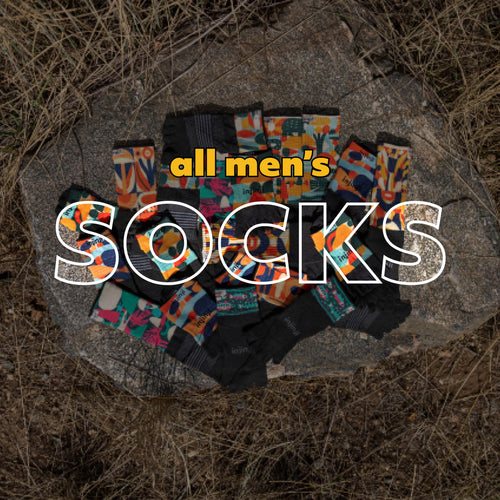

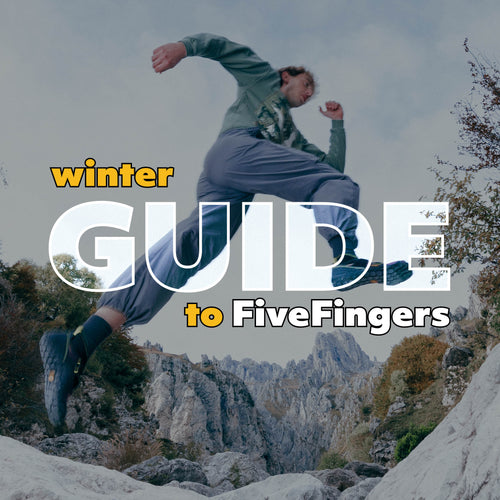
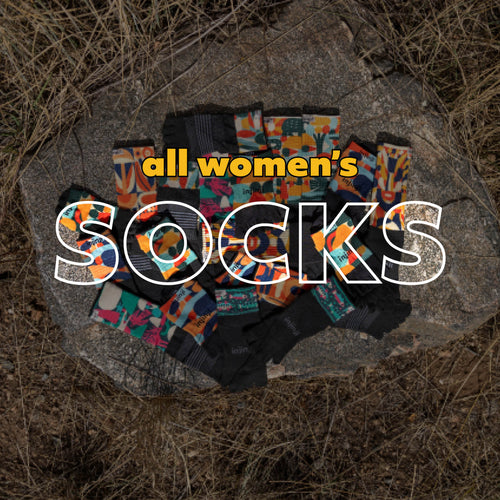


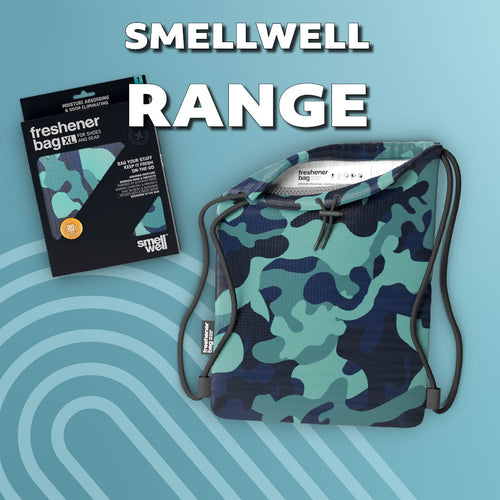
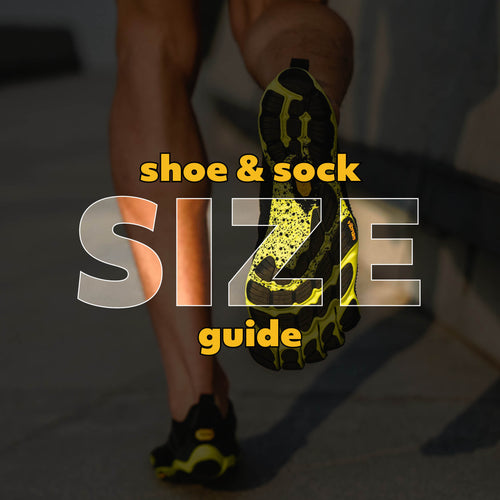
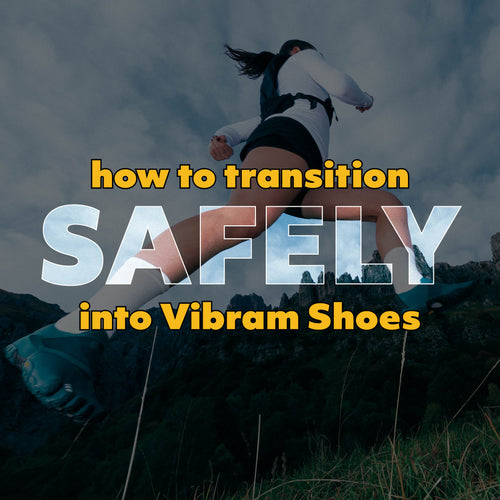
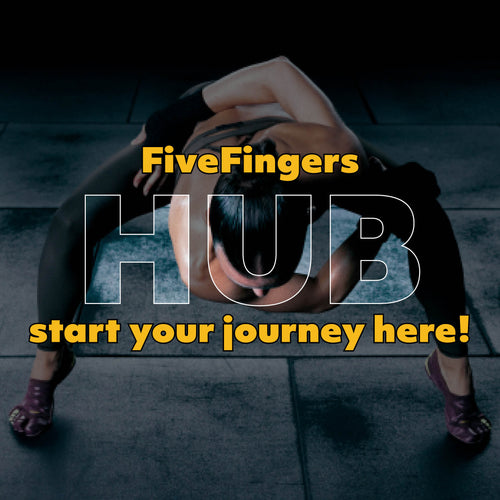
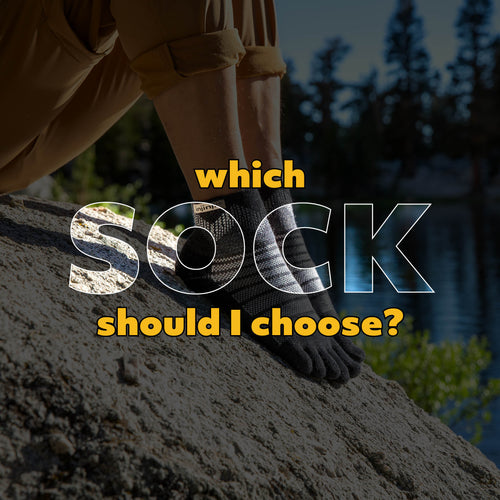
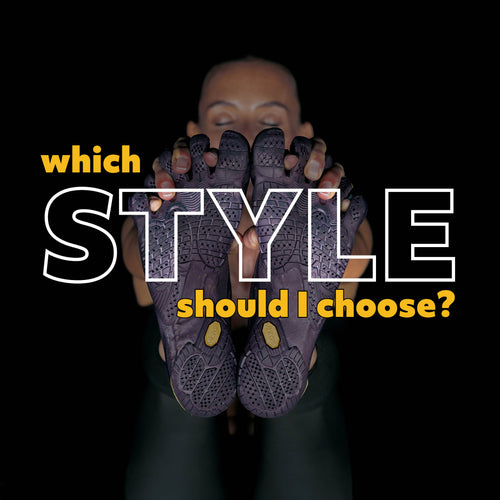
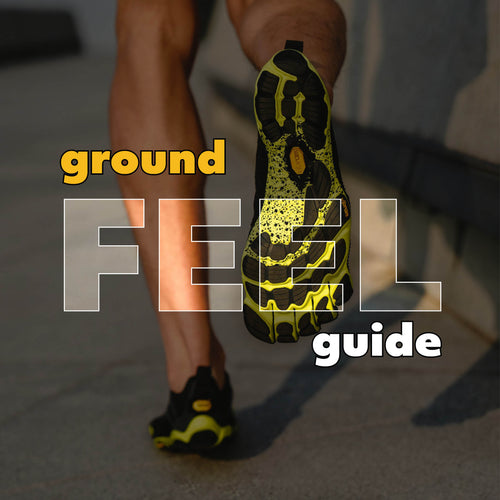







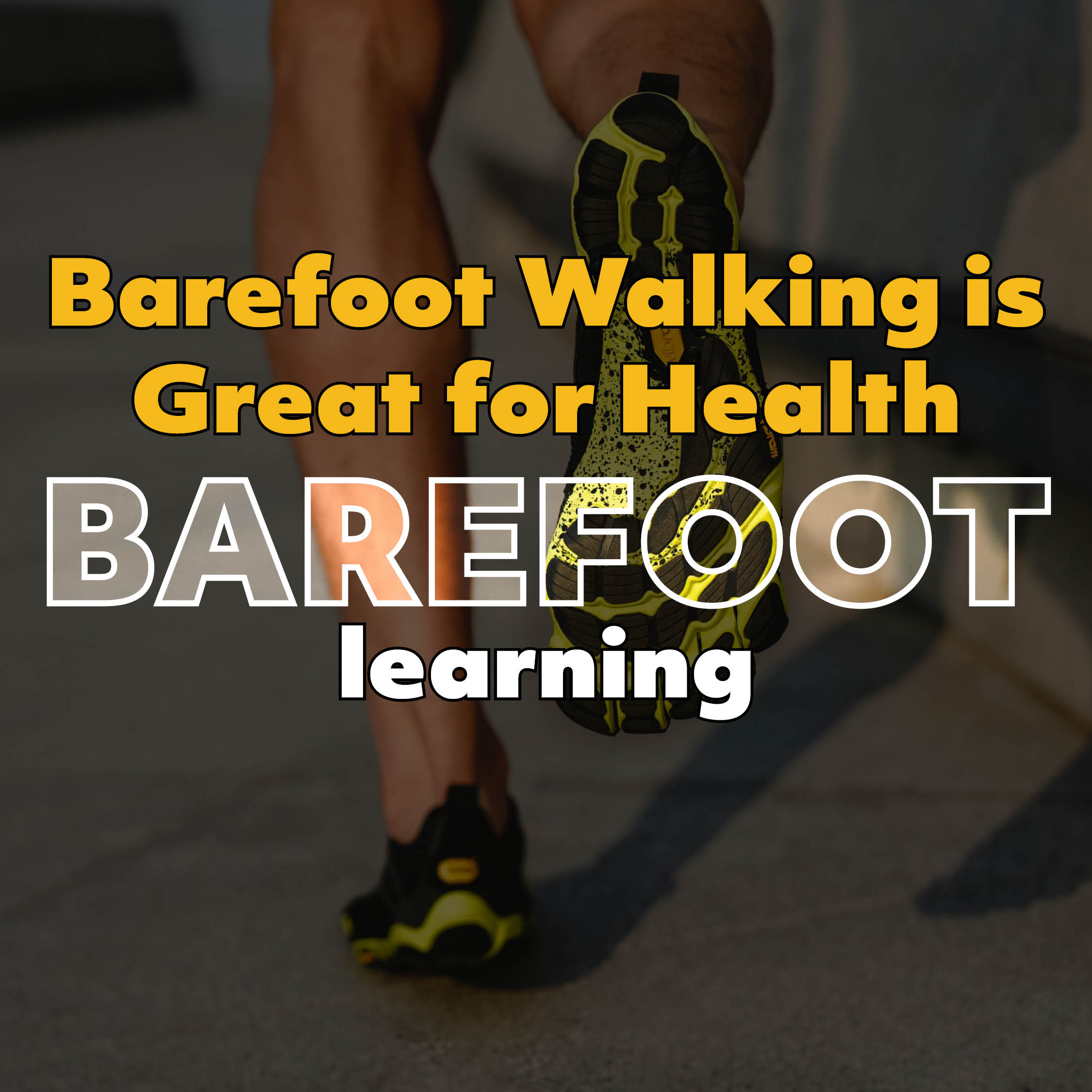

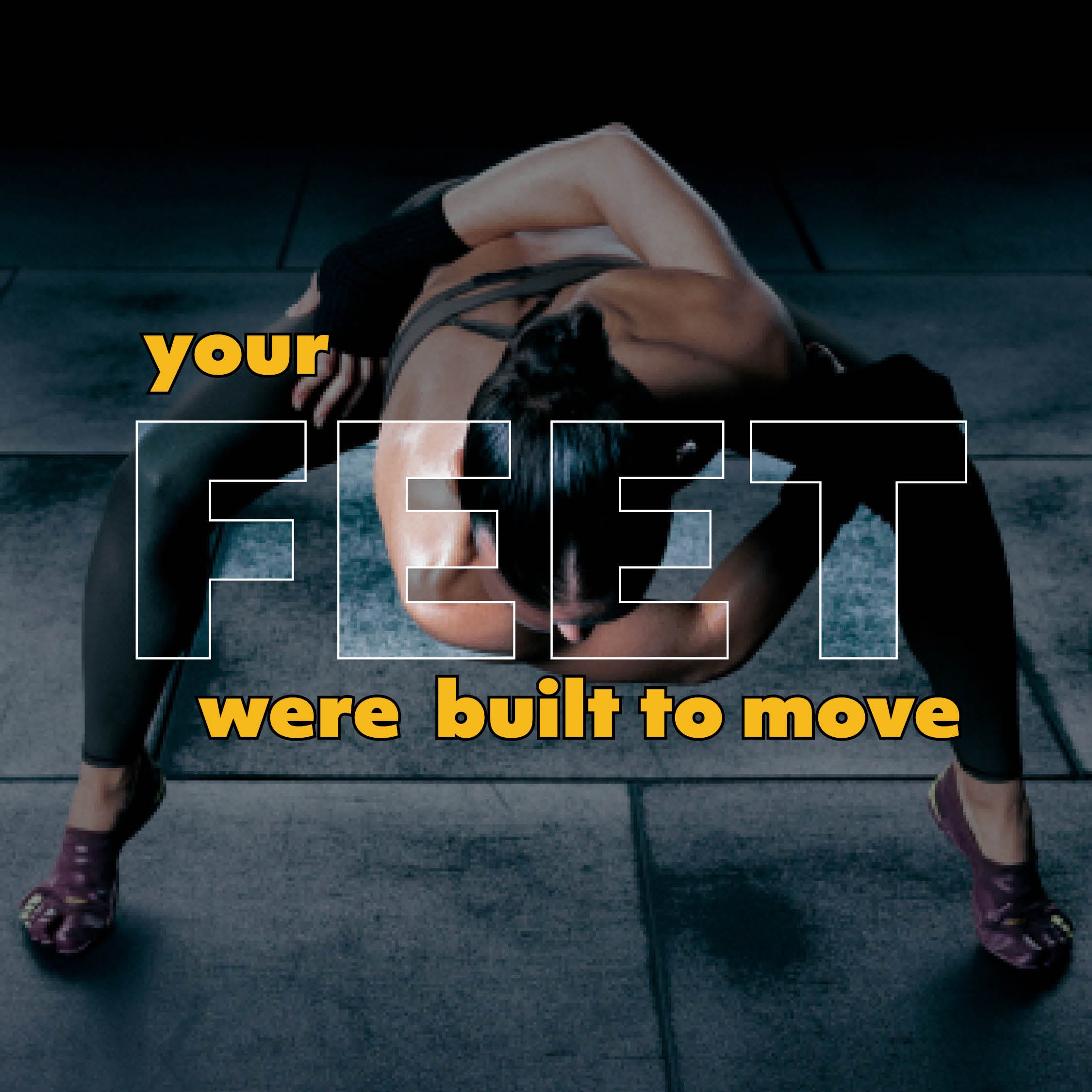
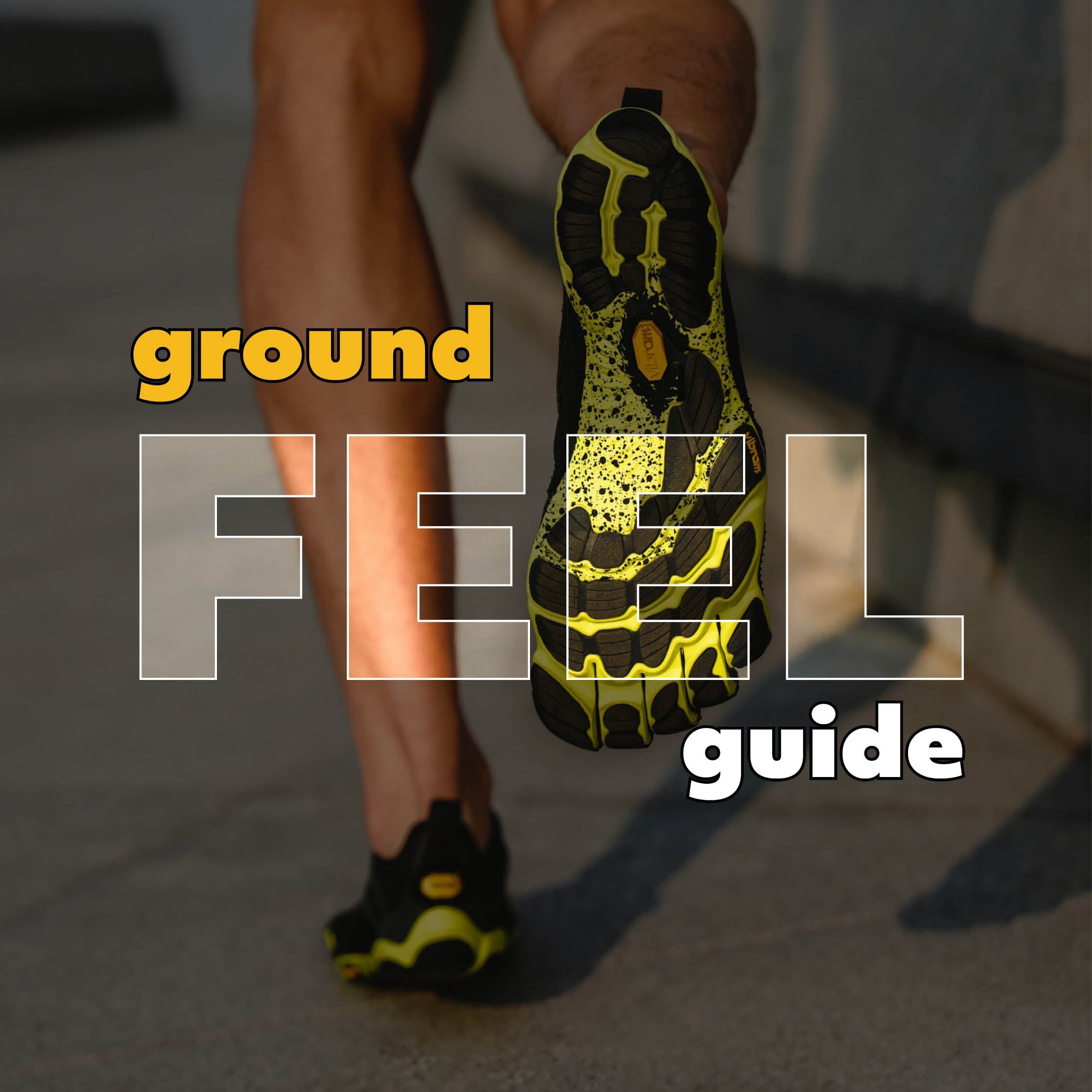
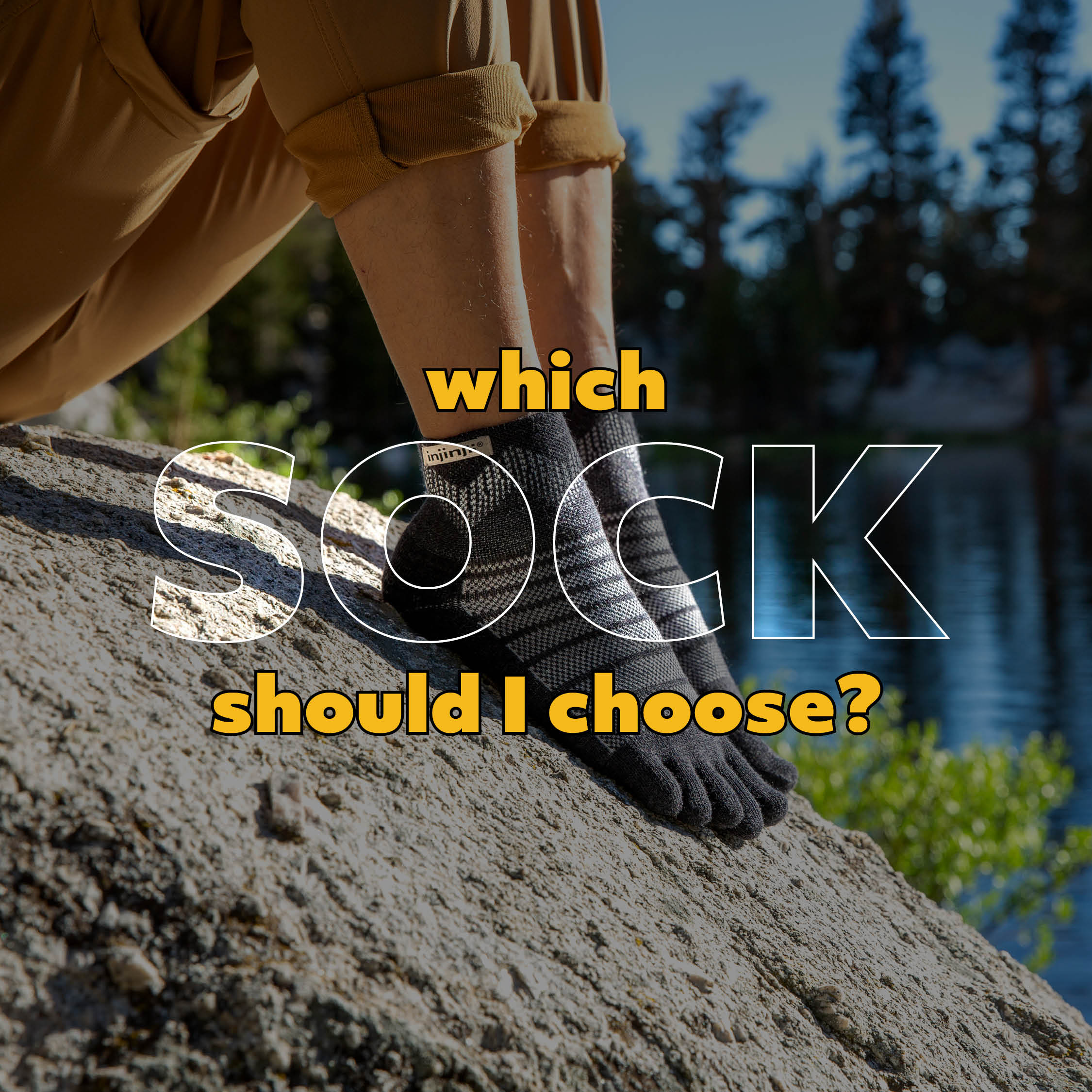
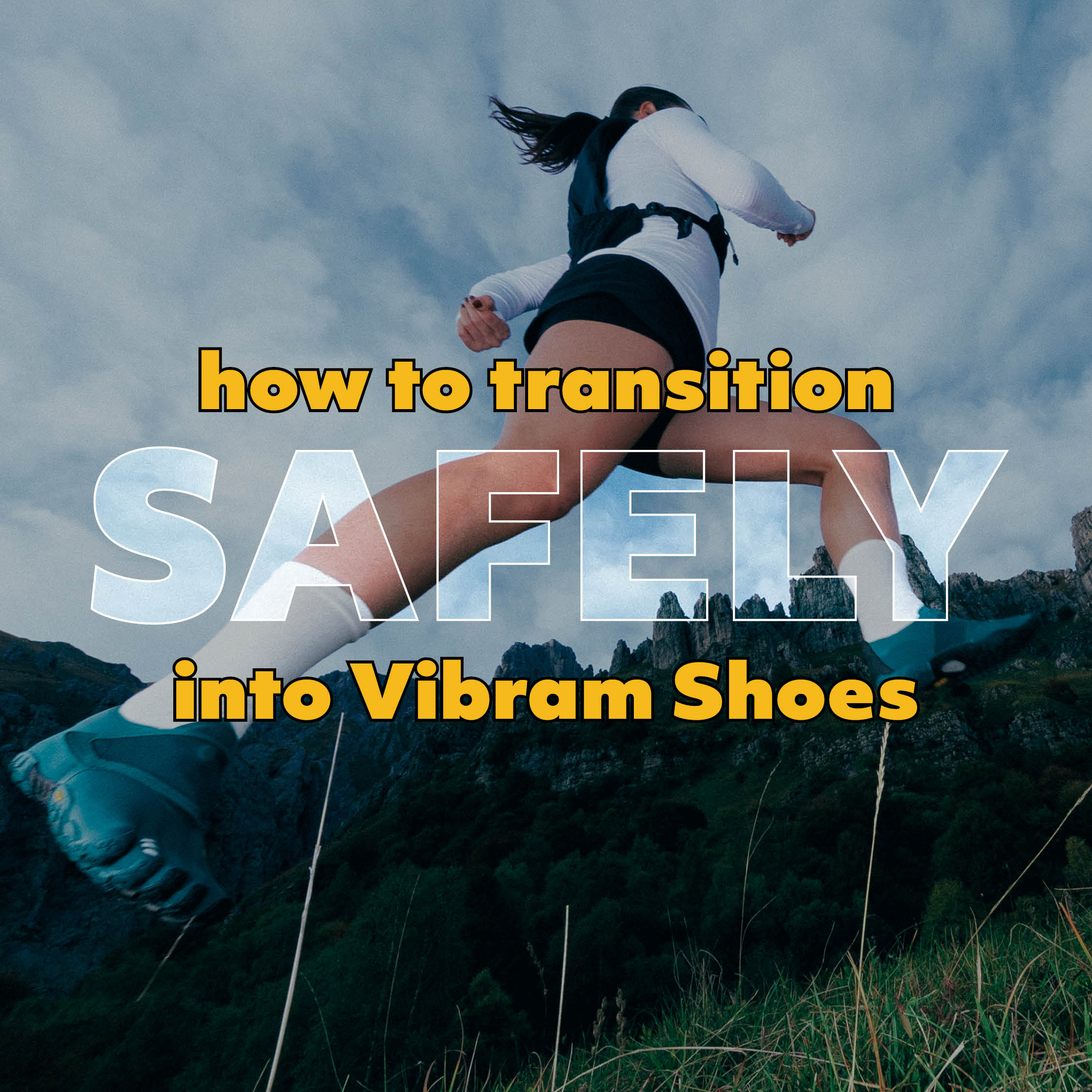
1 comment
Dave McCarthy
Epic website, really user friendly, will be back soon to buy something.
Epic website, really user friendly, will be back soon to buy something.